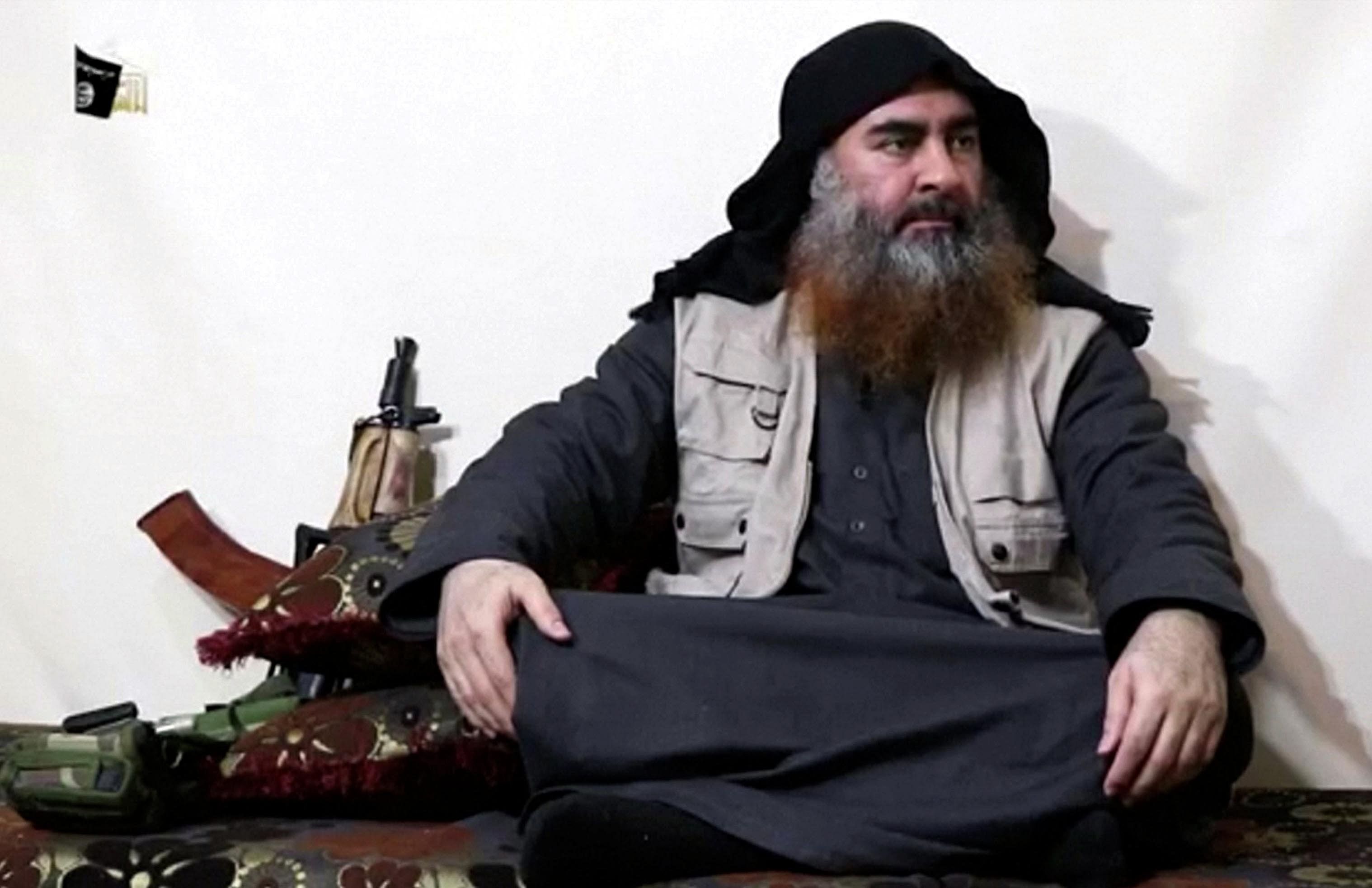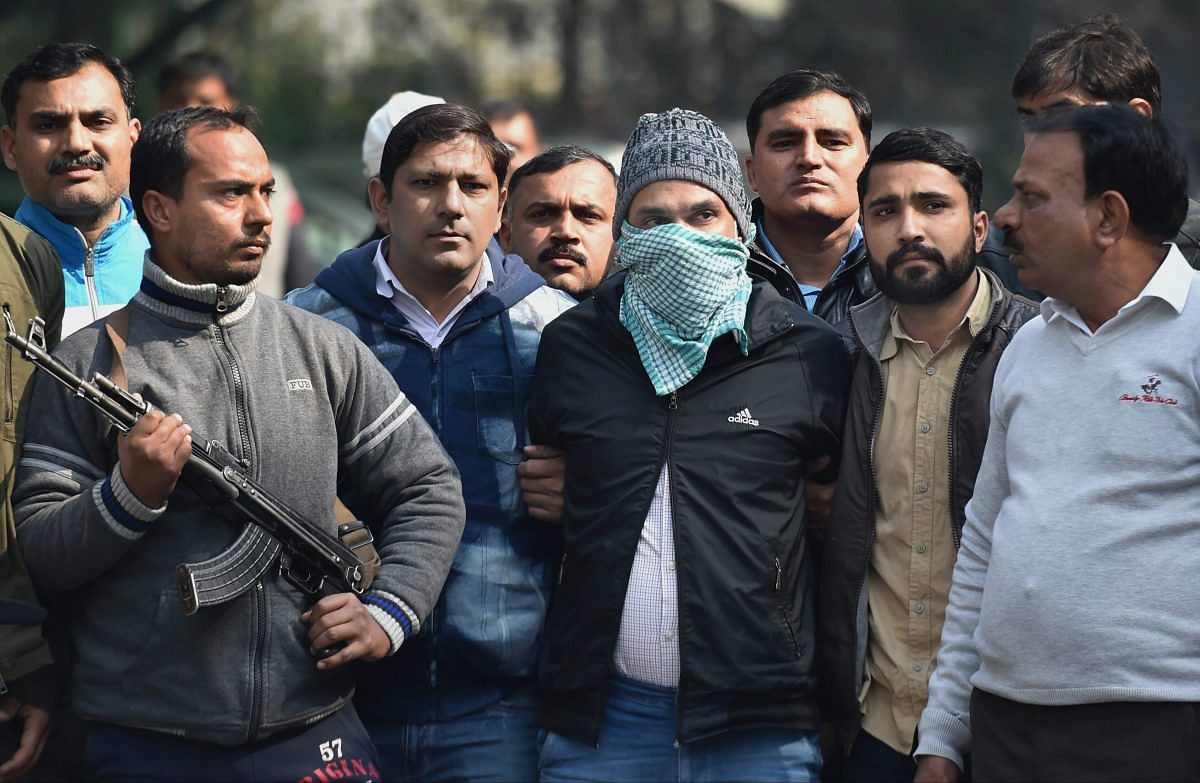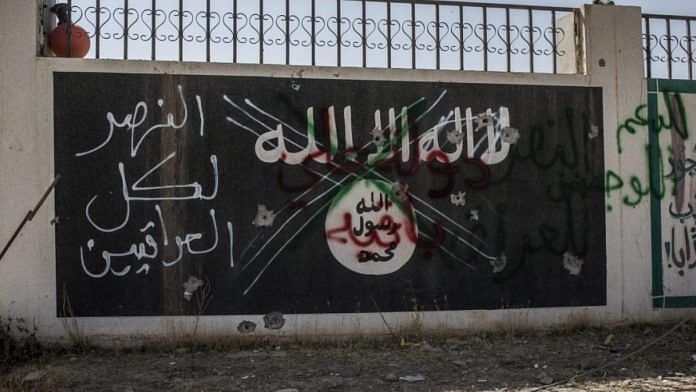Bengaluru/New Delhi: Last week, reports emerged that India’s intelligence agencies were probing allegations that the terrorists who carried out the Easter Sunday bombings in Sri Lanka had an Indian connection.
The allegations, made by Sri Lanka’s army chief, have put the spotlight back on certain groups in southern India, which have been accused of increasing radicalisation and propounding terror.
India’s National Investigation Agency (NIA) raided eight offices of the Popular Front of India (PFI) and three of the Tamil Nadu Thowheed Jamath last week. Raids were also conducted on offices of the Social Democratic Party of India (SDPI), though these were related to the murder of PMK leader Ramalingam on 5 February. The NIA suspects the attack on Ramalingam was part of a larger conspiracy to cause religious unrest.
The raids followed the arrest of Riyaz Aboobacker from Palakkad, Kerala, who admitted he was a follower of Sri Lanka suicide bomber Zahran Hashim and controversial Islamic preacher Zakir Naik. The NIA claimed it had found connections between the organisations and Aboobacker.
Hashim, leader of the National Thowheed Jamath, a breakaway group of the Sri Lanka Thowheed Jamath, is said to have visited places in south India on several occasions. He was one of the suicide bombers who carried out seven blasts in Sri Lanka on 21 April, killing over 250 people. The Islamic State later claimed responsibility for the attacks.
ThePrint takes a deep look into the allegations of the radicalisation of south Indian Muslims, and identifies the key trends and organisations behind them.
Growing radicalisation
Southern states like Karnataka, Kerala, Telangana and Tamil Nadu have witnessed a growth in radicalisation and radical organisations over the last few years.
The 1990s saw the rise of groups like the PFI, which came to wield so much influence that it hasn’t been banned by any political party.
Another such organisation was the Students’ Islamic Movement of India (SIMI), which was banned in 2001.
Some groups have aligned themselves to bigger groups with distinct terror identities — the Lashkar-e-Taiba or the Islamic State — either for funding and training or because effective crackdowns by India’s top investigating agencies left them with no option but rely on outside help.
People in the security establishment say a big reason for the growth of radical organisations is the higher number of people from southern India employed in Gulf countries, where they come under the influence of the ultra-conservative form of Islam.
“There are countries which fund the building of institutions which would be used to teach and influence them on the ultra-conservative form of Islam,” said a senior police official who has worked closely with the NIA.
According to intelligence agencies, another cause is the increased exposure to social media, the use of applications such as Telegram, and widespread propaganda through the dark web, which is used to indoctrinate people.
Modus operandi
The targets for this type of indoctrination are largely young men and women influenced to take the path of ‘jihad’.
“They target the semi-educated and middle class as they would be able to assimilate their teachings faster,” said Gopal Hosur, Karnataka’s former IG of intelligence. “Or, they catch them young at an impressionable age. They tell young children to safeguard their religion.”
These organisations allegedly first ensure that potential recruits understand they are part of the greater ‘Islamic cause’ and what Allah wants. Traditional forms of radicalisation through select madrasas and mosques has been upgraded — they now use social media and other forms of “stealth technology”, say officials of investigating agencies.

They circulate videos and photographs of alleged victims — “martyrs” — of violence from the era of the Babri Masjid demolition, the 2002 Gujarat riots and the Coimbatore bomb blasts of 1998, among others. These are now accompanied by passionate speeches of preachers, the latest being Hashim.
How the trend began
The trend of radicalisation is said to have begun a few months before the demolition of the Babri Masjid in 1992, when Islamic cleric Abdul Nasser Madani founded the Islamic Seva Sangh (ISS).
NIA investigators believe the forum could have radicalised individuals, including Thadiyantavide Naseer, who is believed to be the south India commander of the Lashkar-e-Taiba.
A week after the razing of the Babri Masjid in Ayodhya on 6 December 1992, the police filed a case in Kerala’s Sasthamkotta, alleging the ISS held a secret meeting. The ISS was later banned.
Madani also founded the People’s Democratic Party (not to be confused with the J&K PDP founded by Mufti Mohammad Sayeed), which tied up with the Communist Party of India (Marxist) for the 1993 Lok Sabha bypoll in Ottapalam. However, soon after CPI(M)’s Sivaraman won the election, PDP walked out of the partnership claiming incompatibility.
Al-Ummah
Al-Ummah or ‘Followers of the Prophet’ was a prominent Tamil Nadu-based terror group in the 1990s. Syed Basha, a successful timber merchant in Coimbatore, launched the group along with Jawahirullah, as they felt the need to “protect the interests of Muslims” after the Babri demolition.
The group gained prominence after its suspected involvement in a 1993 bomb blast near an RSS office in Chennai. It was banned and then splintered into 11 smaller groups, each working under an emir (chief).
Its militant arm, Shaheed Padai, allegedly executed 12 blasts at 11 locations, under the code name Operation Allah-Hu-Akbar, in February 1998. Basha and his associates had planned to assassinate senior BJP leader L.K. Advani during an election campaign visit on 14 February 1998, but he escaped as his flight was delayed. Scores of other people were not so lucky — over 50 died and more than 200 were injured.
Al-Ummah was also allegedly involved in the Malleswaram blasts in Bengaluru, just before the 2013 Karnataka assembly elections, in which 16 people were injured.
By 2016, Al-Ummah is said to have regrouped under a new name, Base Movement. In this avatar, it pledged its allegiance to the al-Qaeda. It had centres across Tamil Nadu and Kerala when the terror group’s leader Ayman Al Zawahiri launched Al-Qaeda in the Indian Subcontinent (AQIS) in August 2014.
In this avatar, it was accused of involvement in bomb blasts in Chittoor and Nellore, Andhra Pradesh, and in Kollam and Malappuram, Kerala,
Deendar Anjuman
Founded by Syed Siddique Hussain in the 1920s, Deendar Anjuman was a religious movement which got into the cross-hairs of the British rulers for “inflammatory speeches”.
The Hyderabad-based organisation came back under the scanner in the year 2000 for engineering a series of blasts in churches across south India. Between May and July 2000, Deendar Anjuman carried out a hate campaign against Christians and carried out bombings in Karnataka, Goa and Andhra Pradesh.
At the time, the group was led by Zia-ul-Hassan, son of the founder, who had migrated to Pakistan after Partition, and used to return to Hyderabad to observe his father’s death anniversary.
A special court sentenced 11 members of the Deendar Anjuman to death and 12 to life imprisonment for “waging war against the state”.
SIMI
SIMI was founded in Aligarh, Uttar Pradesh, in 1977, but developed deep roots with radical groups in Kerala and Hyderabad. It trained and radicalised youth in the hilly areas of Kerala and Karnataka.
SIMI was banned soon after the 9/11 attacks in the US. The ban has kept getting extended, with the latest extension coming in February 2019 — the government stated that it “continues to indulge in subversive activities”.
SIMI’s close links with the Lashkar-e-Taiba through Abdul Sathar, a terrorist wanted by Interpol, led many youngsters to Pakistan for specialised arms training, investigating agencies say. Sathar was close to Riyaz and Yasin Bhatkal, the brothers said to be the founders of the Indian Mujahideen. It is alleged that the Indian Mujahideen was born at a SIMI camp organised in Wagamon, Kerala, in 2007.
Indian Mujahideen
Based in the coastal town of Bhatkal in Karnataka, the IM was first known by the name ‘Usaba’, meaning a group or congregation in Arabic. The motive behind Usaba was to bring like-minded radical Islamists under one roof and train them to wage a holy war against non-Muslims in the country.
The IM’s presence grew in south India and led to the creation of another outfit in Azamgarh under Mohammed Sadiq Sheikh, a software engineer from UP. After Sadiq’s arrest in 2008, Riyaz Bhatkal merged Usaba with the Azamgarh outfit to give it one identity, Indian Mujahideen.
Asif Reza had begun what was called the Asif Reza Commando Force (ARCF), a shadow of the Harkat-ul-Jihad-e-Islami (HuJI), Bangladesh. The Bhatkal brothers joined hands with the ARCF to recruit and send men to Pakistan for terror training.

The LeT and HuJI, investigating agencies believe, backed the IM, and this led to the growth of homegrown terrorists or jihadists. The IM has been held responsible for terror attacks at Varanasi’s Dashashwamedh Ghat in 2005, the Shramjeevi Express suitcase bomb in July 2005, the Diwali blasts in Delhi the same year, and the 2006 Mumbai train blasts.
The NIA and state intelligence agencies launched a massive manhunt for IM operatives. Yasin was caught in Nepal in 2013, but Riyaz is still at large.
Popular Front of India
The PFI is a Muslim political organisation based in Kerala, whose predecessor, the National Democratic Front (NDF), was formed in 1993 to allegedly wage war against the oppressors of Muslims.
Many organisations fall under the PFI umbrella — National Women’s Front, Social Democratic Party of India, Karnataka Forum for Democracy, Manitha Neethi Pasarai, the Citizen’s Forum in Goa, the Association of Justice in Andhra Pradesh and three more — are said to hold classes in weapons training and highlight the sacrifices expected of the recruits.
They are shown videos of the torture experienced by the Muslim community and asked to take an oath of allegiance to the party and the cause of Islam.
The Social Democratic Party of India, which replaced the NDF in 2009, is a genuine political organisation, contesting assembly elections in Tamil Nadu (2016), Karnataka (2013 and 2018) and Kerala (2016), but winning no seats. But the NIA has raided it repeatedly and accused it of spearheading a weapons training camp at Narath in 2013, where 21 PFI members were arrested.
The PFI in Kerala is said to have about 3 lakh supporters and 25,000 members. No government till now has banned the PFI, despite it being accused of carrying out at least 30 high-profile murders, including that of RSS leader Rudresh in Bengaluru in October 2018.
Manitha Neethi Pasarai
Manitha Neethi Pasarai, or Tamil Nadu Manitha Neethi Pasarai, is a Muslim organisation formed in 2001, which also publishes the magazine Vidiyal Veli on various aspects of Islam.
In October 2004, the Cuddalore police raided the organisation, which was allegedly involved in converting Dalits to Islam and imparting weapons training to them. The Hindu reported that according to police sources, the MNP indoctrinated people by showing them the demolition of the Babri Masjid at Ayodhya, the Coimbatore serial bomb blasts of 1998 and the 2002 Gujarat riots.
The MNP is believed to have links to Yasin Malik’s Jammu and Kashmir Liberation Front.
Karnataka Forum for Dignity
Karnataka Forum for Dignity (KFD) was formed in 2001. It is an Islamist organisation that’s allegedly an offshoot of SIMI. It was active in Mangaluru, Udupi, Kodagu and Kasargod, and merged with the PFI in 2006.
The Karnataka Police have probed the group’s involvement in the 2009 Mysuru communal violence and the terror strike at Indian Institute of Science in Bengaluru in 2005. Many members of the KFD were also accused of playing a key role in the Hunsur kidnapping and double murder of students in 2011.
The KFD was meant to be a non-political organisation for the youth. But after the 2011 incident, then-state home minister R. Ashoka “considered” writing to the chief minister B.S. Yeddyurappa to ban the organisation.
Islamic State in India
The IS found south India to be fertile ground for recruitment. Growing Islamic radicalisation through several sleeper cells and splinter groups made it easier for it to find recruits.
The IS believes in ‘lone wolf radicalisation’, where individuals are targeted and then radicalised. Telangana and Kerala have seen the maximum influence of the IS, according to agencies.
Sources in the NIA said nearly 50 per cent of those who claim to have gone to Syria from India to join IS are from southern India. It claims to have successfully de-radicalised more than half the 50 people who were intercepted and sent back before they reached Syria.




Why Can’t you light on RSS weapon training and radicalising camp incident. When muslims are in threat by right wing hindu nationalists obviously Muslim youth will be lured PFI like organisations. When justice denied and terrorist accused Pranjya thakur like persons are at large and allowrd to contesting in election then how youth will think and prepare for the future.
Need to have more tangible evidence to brand all organisations mentioned to be violent radical outfits. Does not bode well for responsible journalism to have single point sources to identify groups particularly when this is a polarising issue
Please include RSS and other groups in the above list
Islam is a disease. Root it out or die